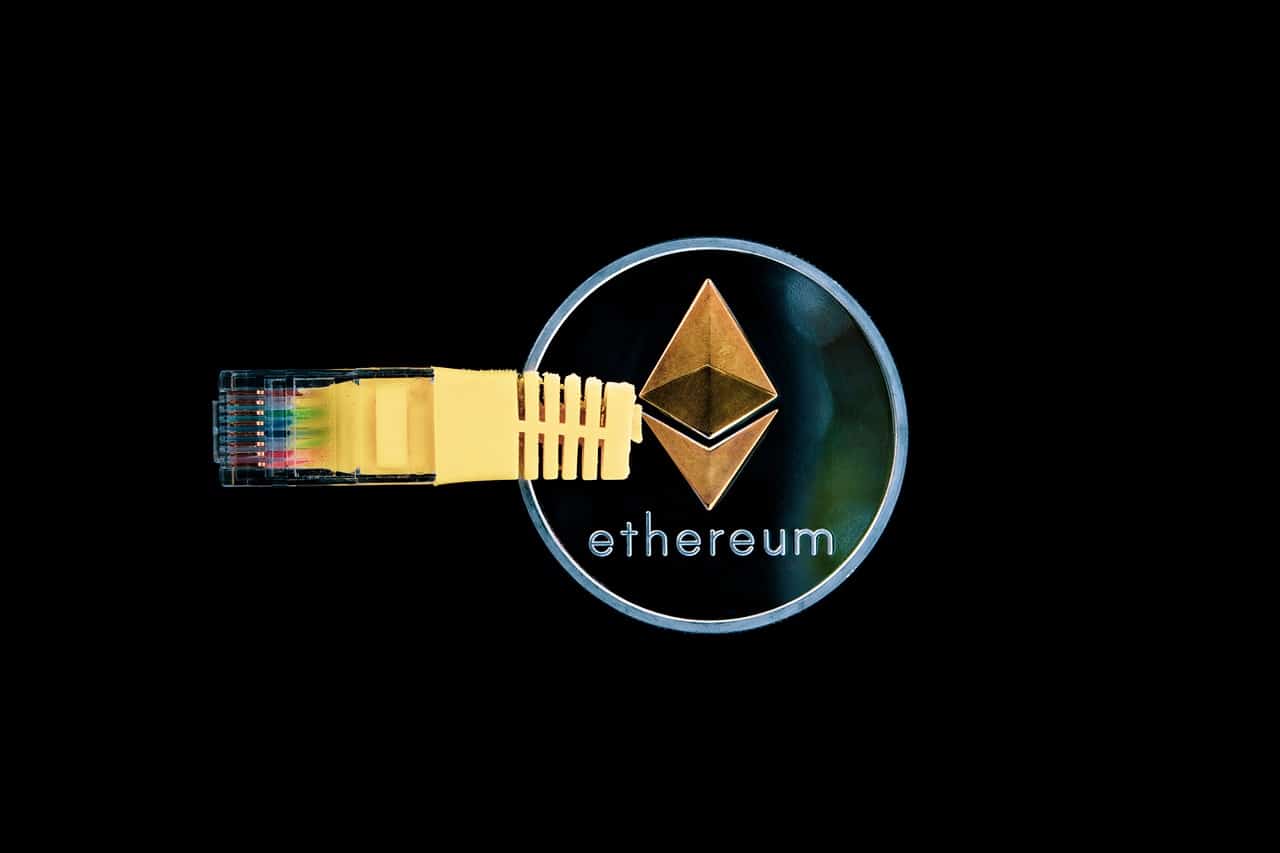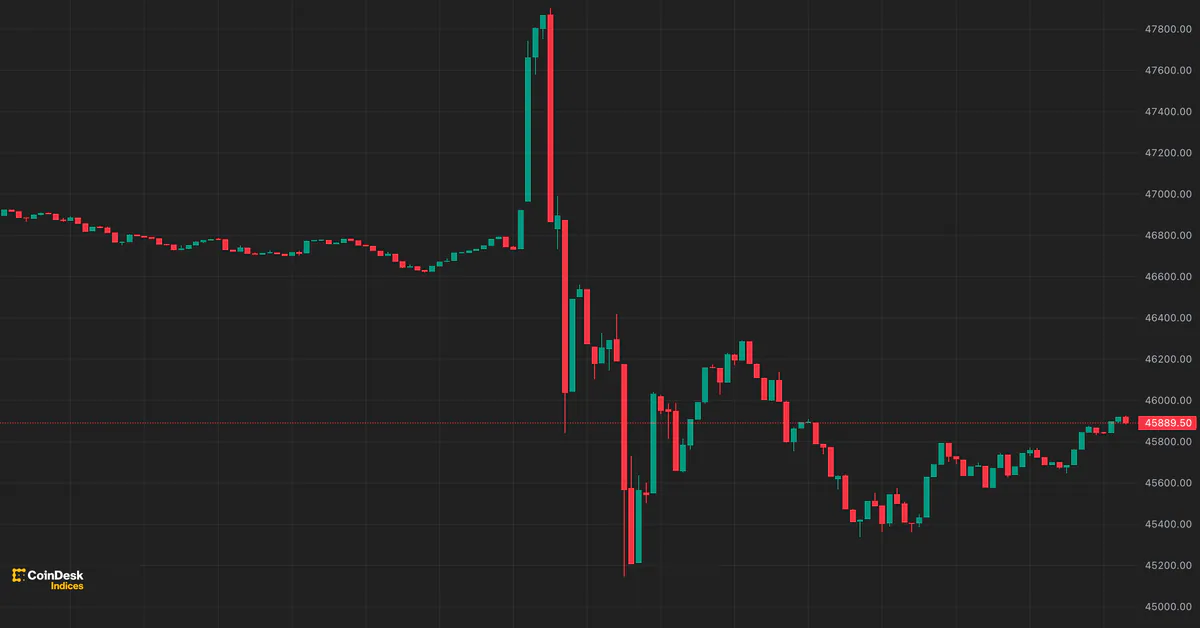Stablecoins are recognized in Asia, but obstacles remain.
While stablecoins are gaining recognition in Asia, significant obstacles still remain.Source: Forbes
Translation: LianGuaiBitpushNews Yanan
In November’s Singapore FinTech Festival, a big news caught people’s attention: Singapore has decided to issue licenses to stablecoin issuers LianGuaixos Digital Singapore Pte and StraitsX. This signifies the Singaporean government’s cautious approval of stablecoins, which are less volatile cryptocurrencies. Stablecoins are usually pegged to fiat currencies at a 1:1 ratio and are backed by reserves such as cash and bonds.

- Seven Hot DePIN Projects Reviewed Solana Leads the Way, with an Average Return of Over 6x
- Exclusive interview with a Bloomberg analyst SEC may simultaneously approve all Bitcoin spot ETFs, and Ethereum spot ETF may be approved in May next year.
- Weekly Selection| Bitcoin Plunges 7% on Monday, Over $450 Million Long Positions Liquidated; Inscriptions’ Popularity Reaches New Heights
Ravi Menon, the outgoing CEO of the Monetary Authority of Singapore (MAS), stated at the Singapore FinTech Festival that stablecoins may play a “useful role” in the world of “digital currencies” and added that LianGuaixos Digital and StraitsX are “substantially compliant” with the regulatory framework for stablecoins that the regulatory authority is about to introduce.
At the same time, he made it clear that Singapore will continue to approach cryptocurrencies with caution. “Cryptocurrencies like Bitcoin have not performed well as a medium of exchange or a store of value. Their prices are subject to speculative volatility, and many cryptocurrency investors have suffered significant losses,” Menon said.
Stablecoins in Singapore
In recent years, Singapore has often been reported by the media as a “cryptocurrency hub” or similar descriptions, but the reality is more nuanced. As Menon emphasized at the recent FinTech Festival, cryptocurrencies still carry risks. Ordinary retail investors were the ones who suffered the most in the industry’s worst hacks and scandals (such as the FTX rugpull incident). Even institutional investors, despite sustaining heavy losses, are more resilient than retail investors, as retail investors could potentially lose their lifelong savings in the worst-case scenario.
In light of this, Singapore appears to be betting on the longevity of stablecoins and their increasing importance in future financial services. The decision to regulate stablecoins aligns with Singapore’s plans to position itself as a digital asset hub for institutional investors – according to the latest report from cryptocurrency exchange Bybit, stablecoins make up as much as 45% of institutional investors’ cryptocurrency portfolios, surpassing other crypto categories.
This also gives Singapore an advantage in competition with Hong Kong – the latter is making a full push into cryptocurrency development but has not yet introduced any regulatory framework for stablecoins.
Through its regulatory framework, MAS aims to legalize fiat-backed stablecoins, making them a reliable digital medium of exchange that bridges the gap between fiat and digital asset ecosystems. To achieve this, MAS will require the reserves backing stablecoins to consist of low-risk, highly liquid assets, whose value must always equal or exceed the value of the stablecoins in circulation. This stablecoin regulatory framework will apply to single-currency stablecoins (SCS), which are stablecoins pegged to the Singapore dollar or any G10 currency issued in Singapore.
Meanwhile, other types of stablecoins – SCS issued or pegged to currencies or assets outside Singapore – will continue to be subject to the existing Digital Payment Token (DPT) regulatory framework. MAS stated in its consultation paper, “MAS will continue to monitor developments in the stablecoin space and consider other types of tokens within the SCS framework.”
Approach in Japan
Apart from Singapore, Japan is the country in Asia that has shown the most interest in stablecoins so far. However, unlike the centralized strategy led by MAS, financial institutions in Japan are voluntarily and organizedly exploring the use of stablecoins, while regulators and legislators are also striving to promote the application of stablecoins in the Japanese financial system.
For example, in March of this year, three Japanese banks announced that they would experiment with asset-backed stablecoins using a system developed by Web3 infrastructure company GU Technologies. The proof-of-concept experiment led by Tokyo Kiraboshi Financial Group, Minna no Bank, and The Shikoku Bank is being conducted on the JaLianGuain Open Chain – a public blockchain that is Ethereum-compatible and compliant with Japanese law. In addition, in March of this year, Mitsubishi UFJ Financial Group, one of Japan’s largest banks, began collaborating with blockchain companies Datachain, Progmat Coin, and Soramitsu to launch an internal project aimed at initiating a stablecoin interoperability pilot.
In June of this year, the revised Payment Services Law came into effect in Japan, making it one of the first countries to establish a framework for the use of overseas stablecoins. The law authorizes banks, trust companies, and money transfer operators to issue stablecoins. Stablecoins must be pegged to the Japanese yen or other legal tender and ensure that holders have the right to redeem them at face value. This legislation seems to be aimed at preventing potential risks such as issuers lacking real assets to back stablecoins and assets being involved in opaque shadow investments.
Although some payment service companies, particularly Circle, have expressed interest in issuing stablecoins in Japan, no company has entered this field in Japan yet. Whether these companies can meet regulatory requirements remains to be seen.
Resistance Persists
In contrast to Singapore and Japan, the two most populous countries in Asia still maintain a skeptical attitude towards stablecoins. Given the economic importance of China and India, this trend is significant. If stablecoins are effectively banned in trade and investment flows in the Asia-Pacific region due to the actions of China and India, it will be difficult for them to gain a foothold. Circle CEO Jeremy Allaire seems to be well aware of the impact and consequences of China’s ban on stablecoins, which may explain why he suggested the possibility of a stablecoin supported by the Chinese yuan to the South China Morning Post in July. He said, “If the Chinese government wishes to see the yuan used more freely in global trade and commerce, stablecoins may be a way to achieve that goal more effectively than central bank digital currencies.”
Although Allaire’s frank remarks are commendable, the possibility of the Chinese government abandoning control of the digital yuan and turning to a cryptocurrency to promote the internationalization of the yuan is very small. China still hopes to see its currency being used more widely in the international financial system, but it has quietly set aside ambitious unofficial goals set in the early 2010s due to greater concerns about significant capital outflows and related systemic financial risks.
However, it has been reported that Hong Kong is planning to introduce a stablecoin regulatory regime in 2024. A discussion document on the subject states that stablecoins based on arbitrage or algorithm-determined value will not be accepted, which could result in algorithmic stablecoins such as UST being excluded.
The evolution of Hong Kong’s regulatory regime is worth watching, as it may provide some clues as to how the Chinese government views stablecoins. If the process of establishing a stablecoin regulatory regime in Hong Kong is both lengthy and stringent, the likelihood of mainland China achieving liberalization of digital assets will correspondingly decrease.
Finally, in line with their skeptical attitude towards digital assets, the Reserve Bank of India (RBI) has so far taken a negative stance on stablecoins, considering them as an encroachment on their currency policy sovereignty. “We have to be very careful about the use of stablecoins. From the experiences of other countries, it is a survival threat to policy sovereignty,” said T Rabi Sankar, Deputy Governor of the Reserve Bank of India in July, “If large stablecoins are pegged to other currencies, there is a risk of dollarization.”
He added that instead of focusing on stablecoin payments, countries should have their own CBDC and then “create a mechanism for CBDCs of different countries to interoperate and transact with each other.”
If forced to choose between CBDCs and stablecoins, we expect most central banks to choose the former. However, whether other regions have enough room to accommodate both, as is the case with Singapore and Japan, remains to be seen.
We will continue to update Blocking; if you have any questions or suggestions, please contact us!
Was this article helpful?
93 out of 132 found this helpful
Related articles
- Why is the path to decentralization of the L2 sorter harder than reaching the blue sky?
- Navigating the Cryptocurrency Rollercoaster: Strategy as an Art Form
- Exclusive Interview with Injective Asia Growth Lead Why has it become the dark horse of L1 in 2023?
- Inscription Heat’ brings pressure testing, can the public chains other than Bitcoin handle such a surge of wealth and prosperity?
- November’s online transaction volume surges by 62%, taking stock of the seven major advancements in Bitcoin technology
- Japanese social media giant LINE sinks further into Web3, is it for fundraising or revolution?
- Ethereum Core Developers Latest Meeting Summary Goerli Shadow Fork to Take Place Before End of Year, Cancun/Deneb Upgrade to be Tested






